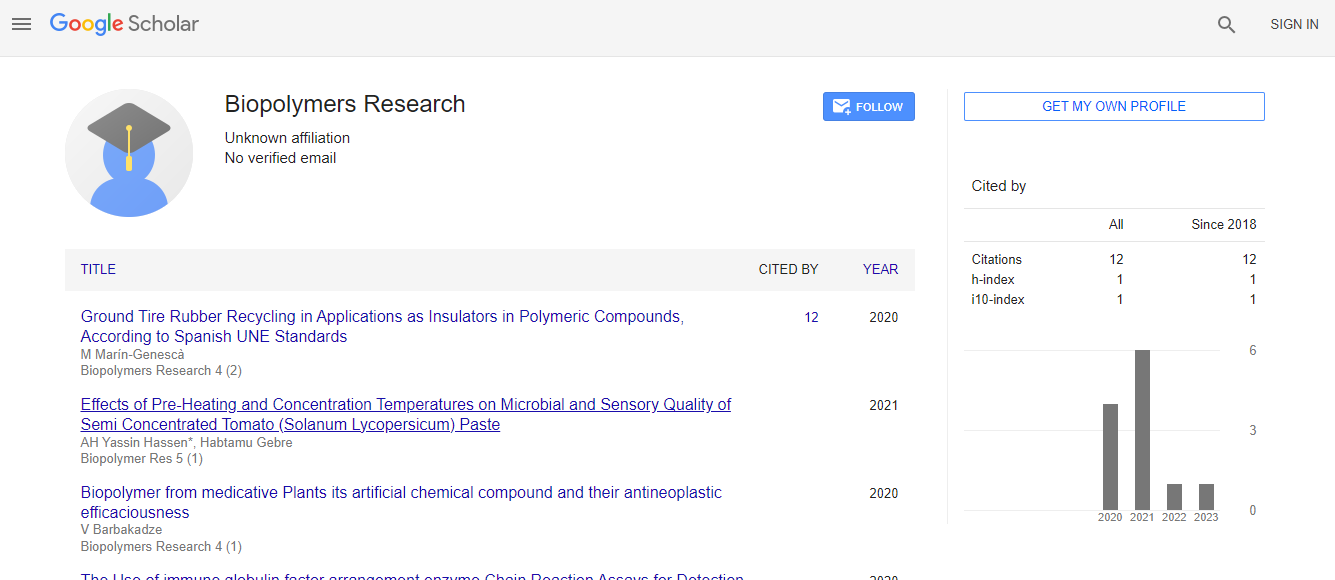Peptide Induced Self-Assembly of Collagen Proteins into Periodic Fiber
*Corresponding Author:
Copyright: © 2020 . This is an open-access article distributed under the terms of the Creative Commons Attribution License, which permits unrestricted use, distribution, and reproduction in any medium, provided the original author and source are credited.
Abstract
The potential applications of recombinant bacterial collagen-like proteins are limited by lacking high order structures to form biomaterials. To improve the self-assembly ability of collagen-like proteins, we have designed collagen-like engineered proteins flanked by N- and C-terminal (PPG)10 sequences. Upon expression in E. coli, these designs self-assembled into axial D-periodic fibers with spacing matching the length of the bacterial collagen domain. Computational analysis of self-assembly has given insight into the mechanism behind the banded fiber morphology. The interactions between collagen designs and cultured fibroblasts are being studied to determine how fiber morphology affects cell structure and viability. This study provides a design strategy for the production of collagen proteins with functional sequences and tunable morphology for biomimetic materials in tissue engineering applications. The collagen proteins flanked by N- and C-terminal (PPG)10 sequence can be successfully expressed in E.coli and self-assembled into D-periodic fibers regardless of collagen-like domain. Through regulated the length of the collagen domain, we can change the length of D-periodicity.

 Spanish
Spanish  Chinese
Chinese  Russian
Russian  German
German  French
French  Japanese
Japanese  Portuguese
Portuguese  Hindi
Hindi 
